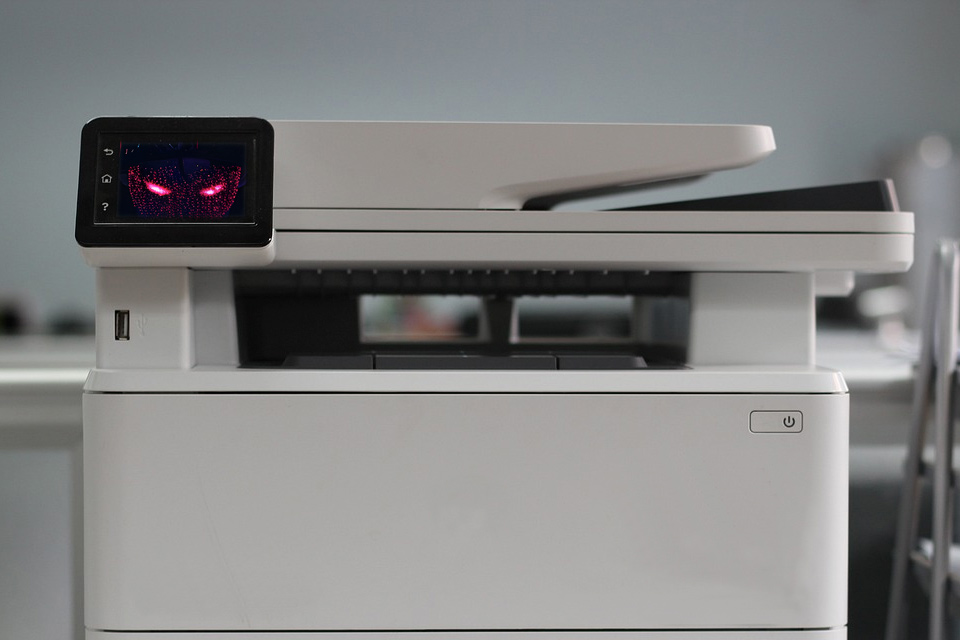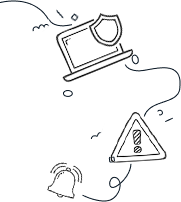Introduction
Would you be surprised to learn that one of the most overlooked security risks in your office isn’t your computer or smartphone – it’s your printer? Yes, that unassuming box of paper-hungry machinery in the corner is more than just a glorified paperweight; it could be the secret entrance for cybercriminals to waltz right into your company’s network and access sensitive information.
Don’t believe me? Picture this: that printer, connected to the same network you are, could turn you into an unsuspecting pawn in the ultimate game of cyber chess. And trust me, you definitely don’t want to be the one in check.
Believe it or not, printers are now sophisticated little devils with their own operating systems, networks, and storage capabilities. It’s like they went to tech school while we weren’t looking! All this complexity, coupled with often ignored security practices, makes them prime targets for hackers. Consider them the IT equivalent of that one kid in school who never did their homework but still managed to ace the test.
How Do Hackers Infiltrate Printers?
So, how does this affect you? Imagine sensitive documents containing customer data, financial information, or even personal employee details being stolen right from your printer. And no, I don’t mean someone just swiping the paper; I’m talking about hacking into the WiFi! This could lead to identity theft, financial loss, and enough reputational damage to make your company’s logo synonymous with “Oops!”
If that’s not enough to grab your attention, hackers can also use your printer as a launchpad to spread malware throughout your network, turning your office into a chaotic scene from a tech disaster movie.
You might be thinking, “I don’t handle sensitive information, so why should I worry?” Well, my friend, even if you don’t deal with confidential data directly, you’re still part of the ecosystem. A compromised printer can affect everyone in the office, from the CEO to the most junior intern, and nobody wants to be the reason why the printer plot thickens!
To protect yourself and your company, it’s essential to be aware of the potential risks and take steps to mitigate them. This includes practicing safe printing habits, like avoiding printing sensitive information and securely disposing of printed documents. And for heaven’s sake, talk to your IT team (that’s us) about implementing robust printer security measures; think regular software updates, strong passwords, and network segmentation. It’s like putting a lock on your doors, but for printers!
And let’s not forget your home printer! Remember, just because it’s at home doesn’t mean it’s safe. As the proud administrator, you can take the reins by changing those default passwords and reconfiguring automatic settings. Using the same credentials that come with your devices is basically rolling out the welcome mat for hackers. It’s like leaving the front door unlocked with a sign saying, “Please come in, we have cookies!”
Printer security is more crucial than you might think… but by understanding the risks and taking proactive steps, you can help to protect yourself, your colleagues, and your company from a potential data disaster. After all, the last thing you want is for your printer to steal the spotlight in a data breach story!
Conclusion
The next time you walk up to the printer, take a moment to appreciate its potential vulnerabilities and the importance of keeping it secure. In the world of cybersecurity, even the most ordinary devices can pose extraordinary threats.
Remember, if it can connect to the Internet, then it can be exploited by hackers! So, switch up all new devices with unique, hard-to-crack credentials, and be cautious about what you print on an unsecured network or device. It’s the best way to protect yourself and your office from becoming a headline in the next “Worse Data Breaches of the Year” list!





